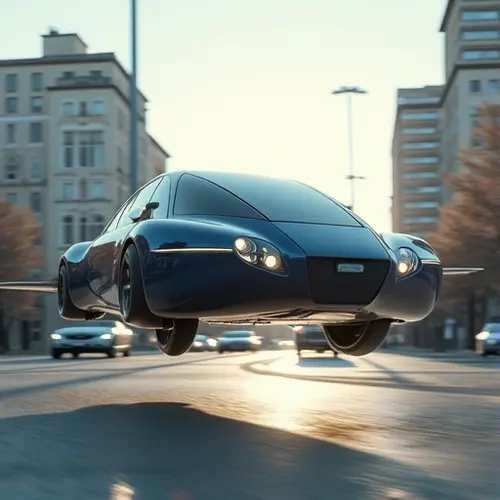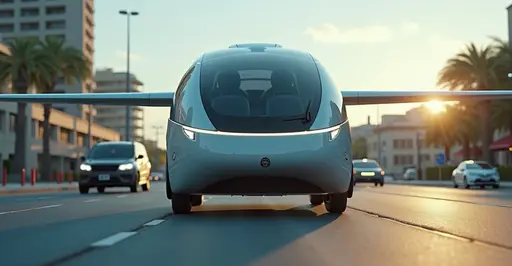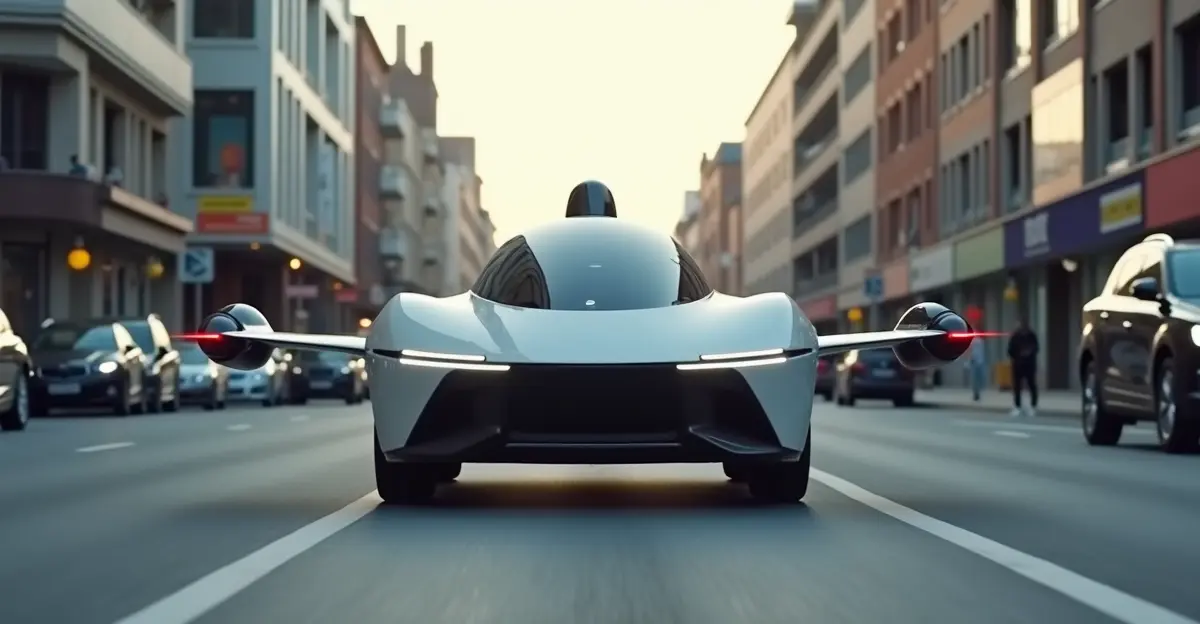Electric flying cars like Alef's Model A are entering production with 3,400+ pre-orders, but regulatory hurdles around flight paths and safety standards remain significant barriers to widespread adoption.

The Dream Takes Flight
After decades of sci-fi promises, flying cars are finally transitioning from fantasy to reality. Companies like Alef Aeronautics are leading the charge with their Model A prototype – a fully electric vehicle that functions both as a road car and aircraft. Recent footage shows it successfully hopping over obstacles during California street tests.
How They Work
Unlike traditional aircraft, these eVTOLs (electric vertical take-off and landing vehicles) use distributed electric propulsion. Alef's design features mesh-covered rotors within its carbon-fiber body, allowing vertical lift without exposed propellers. The Model A claims 200 miles of road range and 110 miles of flight capability on a single charge.
Regulatory Roadblocks
The FAA classifies Alef's Model A as an "ultralight" vehicle, permitting daytime flights only in non-congested areas. Key challenges include:
- Air traffic control systems for urban air mobility
- Noise pollution standards
- Pilot certification requirements
- Infrastructure for "vertiports"
"We're working closely with regulators," says Alef CEO Jim Dukhovny. "Our priority is integrating safely into existing airspace without compromising safety."
Market Readiness
With over 3,400 pre-orders valued at $1 billion, production is slated for late 2025. The initial $300,000 price reflects handmade construction, though Alef promises future models could cost under $35,000. Competitors like Joby Aviation and EHang are developing similar vehicles but face identical regulatory hurdles.
What's Next?
The FAA expects to finalize eVTOL regulations by 2026. Meanwhile, cities like Dubai and Singapore are testing air taxi corridors. While true flying car ubiquity remains years away, 2025 marks the first time consumers can actually reserve these revolutionary vehicles.

 Nederlands
Nederlands
 English
English
 Français
Français
 Deutsch
Deutsch
 Español
Español
 Português
Português









